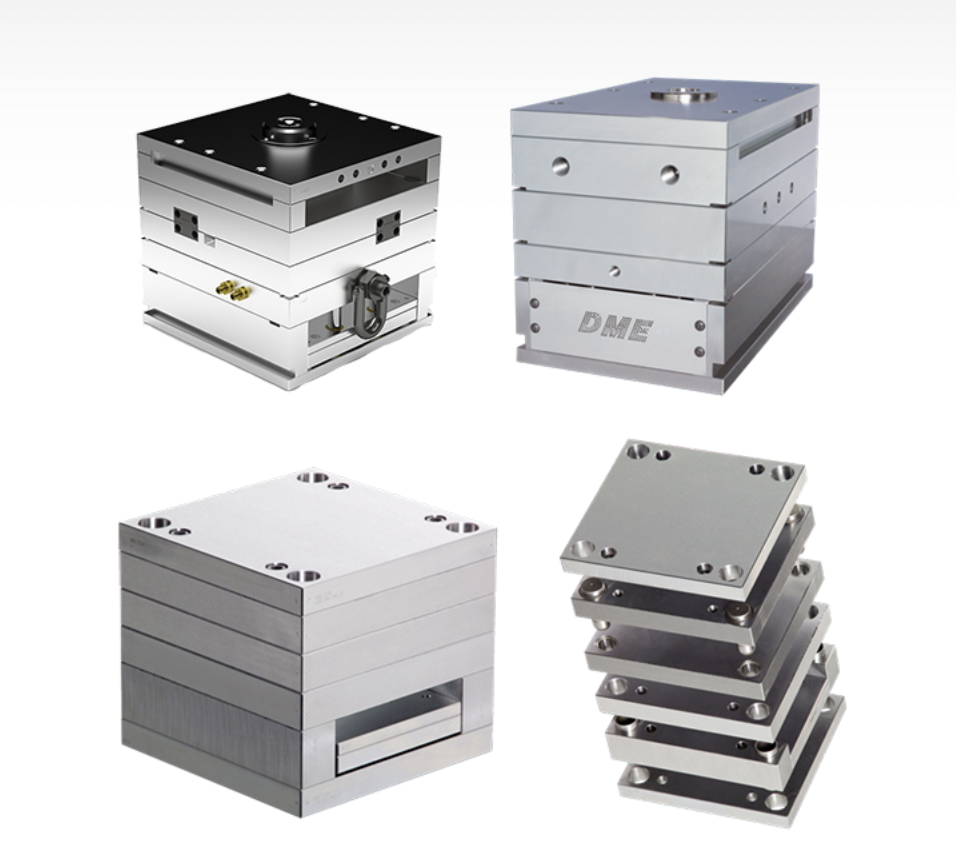What are the mold standard worldwide? and what is Class 101 mold?

In the plastic mold industry, there are three major international mold standard systems: Japanese mold standard system, North American mold standard system, and European mold standard system.
The Japanese mold standard system, known as JIS STANDARD, includes commonly used standards such as MISUMI plastic mold part standards, PUNCH plastic mold part standards, Ikegami Kinzoku plastic mold part standards, Fudeba mold standards, as well as supporting standards for Jiali Lai and Dongfa Purple Springs, among others.
The North American mold standard system mainly refers to the mold standards applied in North American countries such as the United States, Colombia, and Canada. The Society of the Plastics Industry (SPI) has established mold classification standards (SPI AN-102-78), dividing plastic molds into 5 grades.
Plastic molds exported to the United States are considered high-end commodity molds. The most well-known suppliers of mold standard parts are DME, PCS, and Progressive. These three major standard part systems are widely used in North American countries such as the United States, Canada, and Colombia, and the specific selection depends on customer specifications.
The European mold standard system mainly refers to the mold standards applied in major industrialized European countries such as Germany, the United Kingdom, France, Italy, the Netherlands, and Spain. The most commonly used standards for European injection molds are Germany's HASCO standard, Germany's STRACK standard, Germany's EOC standard, the UK's DMS standard, the US's DME European specification (metric standard parts), France's ROUBARDIN standard, and Austria's MEUSBURGER standard. Among them, the most famous is Germany's HASCO standard."
Now let's talk more about SPI AN-102-78 , it is a specification in the Society of the Plastics Industry (SPI) standards. Specifically, it refers to a set of guidelines and standards for the design and manufacturing of injection molds. The SPI standards help ensure consistency and compatibility in the production of plastic parts using injection molding processes.
The SPI AN-102-78 standard may cover various aspects of injection mold design, such as dimensions, tolerances, and other specifications. The details of the standard may vary, and it's recommended to refer to the specific SPI documentation or contact the SPI directly for the most accurate and up-to-date information.
The Society of the Plastics Industry (SPI AN-102-78) categorizes molds into five major classes. Each of these mold types has its own specific standard requirements, and this classification is only applicable to molds for injection machines with a capacity of 400 tons or less. Based on mold life, this standard assigns grades to molds and is widely utilized in the export mold industry. Let's take look at Class 101 mold.
Class 101 Mold
Cycles: One million or more.
Description: Built for extremely high production. This is the highest-priced mold and is made with only the highest quality materials.
Requirements:
(1) Detail mold design required.
(2) Mold base to be minimum hardness of 280 BHN.
(3) Molding surfaces (cavities and cores) must be hardened to a minimum of 48 R/C range. All other details, such as slides, heel blocks, gibs, wedge blocks, etc. should also be of hardened tool steels.
(4) Ejection should be guided.
(5) Slides must have wear plates.
(6) Temperature control provisions to be in cavities, cores and slides wherever possible.
(7) Over the life of the mold, corrosion in the cooling channels decreases cooling efficiency thus degrading part quality and increasing cycle time. It is therefore recommended that plates or inserts containing cooling channels be of a corrosive resistant material or treated to prevent corrosion.
(8) Parting line locks are required on all molds.
Which mold standard fascinates you the most? Share your thoughts at danny@opro-tech.com!